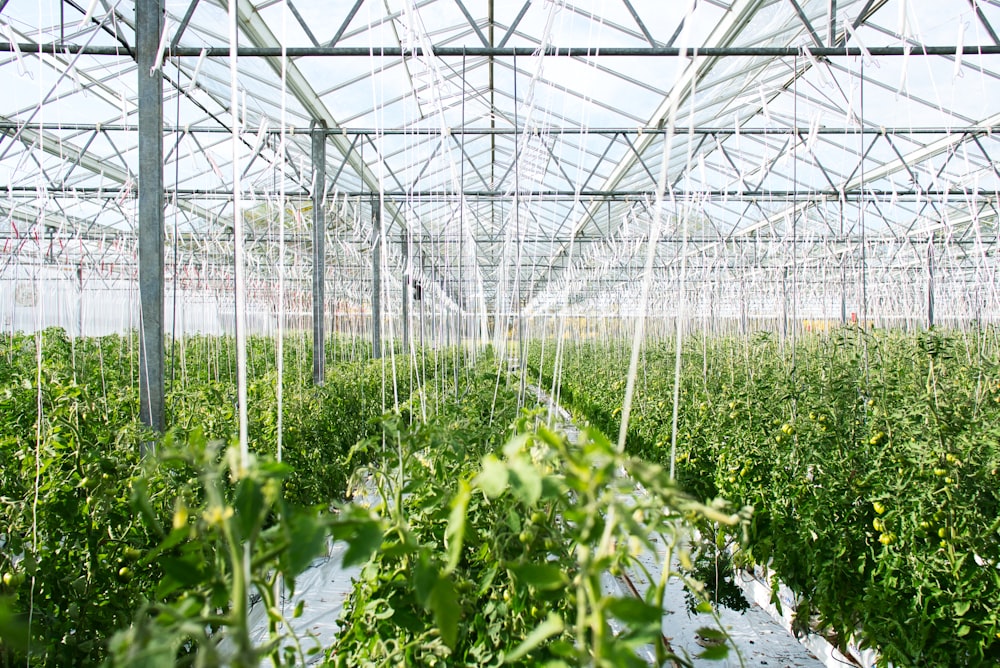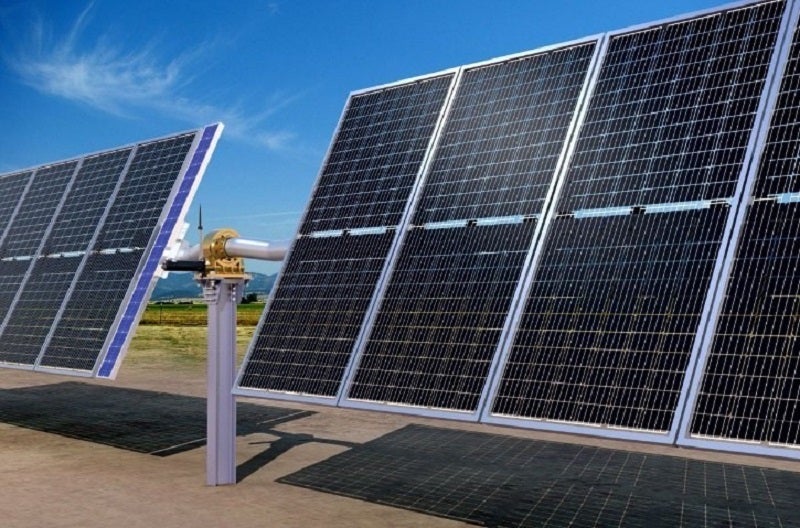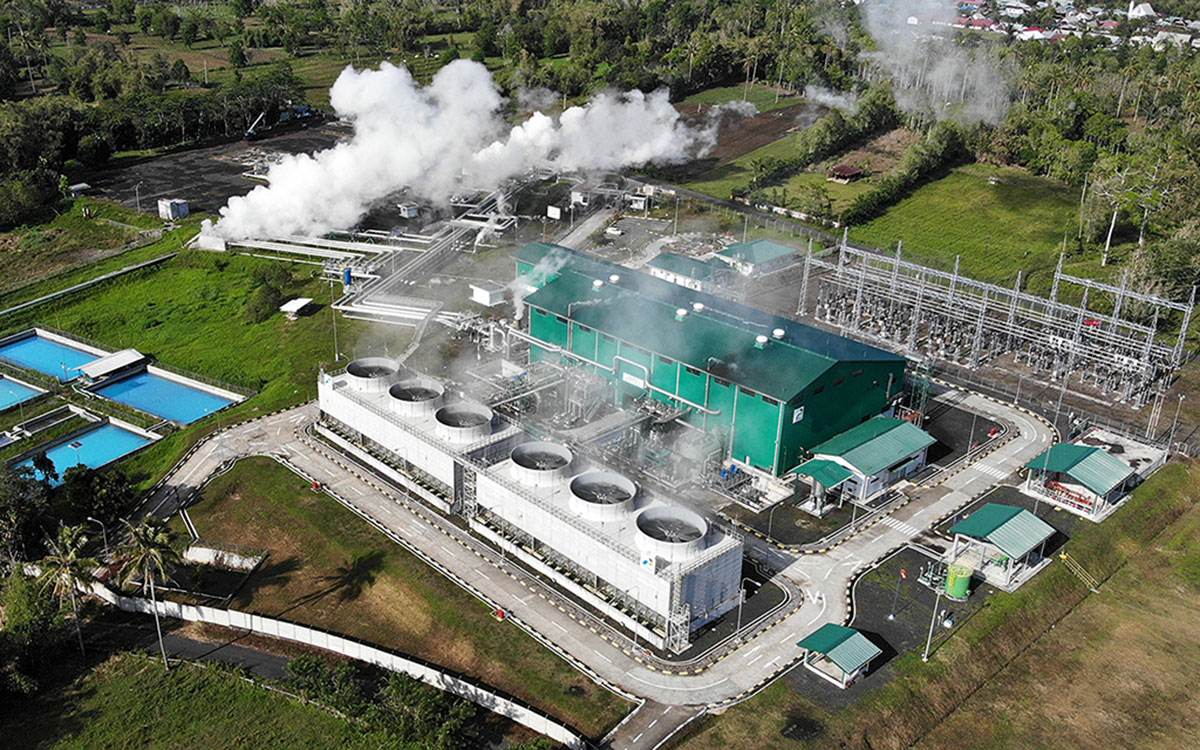
Revolutionizing Renewable Energy: The Role of IoT
In the dynamic landscape of renewable energy, the Internet of Things (IoT) is emerging as a game-changer, revolutionizing the way we harness and manage sustainable power sources. Let’s explore how IoT is reshaping renewable energy systems and driving the transition to a greener, more efficient future.
Optimizing Energy Production: IoT-Enabled Monitoring and Control
One of the key benefits of IoT in renewable energy is its ability to optimize energy production through real-time monitoring and control. By deploying IoT sensors and devices across renewable energy infrastructure, such as solar panels, wind turbines, and hydroelectric plants, operators can gather valuable data on energy output, environmental conditions, and equipment performance. This data enables proactive maintenance, predictive analytics, and remote control, allowing operators to maximize energy yield, minimize downtime, and ensure optimal operation of renewable energy systems.
Enhancing Grid Integration: Smart Grid Solutions
IoT technologies play a crucial role in enhancing grid integration and stability in renewable energy systems. By connecting renewable energy assets to smart grid networks, IoT enables seamless communication and coordination between energy producers, consumers, and grid operators. Smart grid solutions leverage IoT data and analytics to balance supply and demand, manage grid congestion, and integrate intermittent renewable energy sources more effectively into the grid. This improves grid reliability, resilience, and efficiency, paving the way for a more sustainable and resilient energy infrastructure.
Improving Energy Efficiency: IoT-Driven Optimization
IoT in renewable energy also holds immense potential for improving energy efficiency across various sectors. By deploying IoT-enabled energy management systems and smart devices in buildings, factories, and transportation fleets, businesses and organizations can monitor and optimize energy usage in real-time. IoT sensors can detect energy waste, identify inefficiencies, and automate energy-saving measures, such as adjusting lighting, heating, and cooling systems based on occupancy and environmental conditions. This not only reduces energy costs but also lowers carbon emissions and contributes to overall sustainability efforts.
Enabling Predictive Maintenance: Proactive Asset Management
Another significant advantage of IoT in renewable energy is its ability to enable predictive maintenance and proactive asset management. IoT sensors installed in renewable energy equipment continuously monitor key parameters, such as temperature, vibration, and wear, to detect early signs of equipment degradation or failure. By analyzing this data using machine learning algorithms and predictive analytics, operators can anticipate maintenance needs, schedule repairs before equipment failure occurs, and extend the lifespan of renewable energy assets. This minimizes downtime, reduces maintenance costs, and improves overall system reliability and performance.
Empowering Energy Consumers: IoT-Enabled Energy Management
IoT technologies empower energy consumers to actively participate in the renewable energy transition and manage their energy consumption more efficiently. Smart home devices, such as smart thermostats, lighting controls, and energy monitoring systems, enable homeowners to monitor and control their energy usage remotely via smartphone apps or voice commands. Similarly, IoT-enabled energy management platforms provide businesses and utilities with real-time insights into energy consumption patterns, demand fluctuations, and peak load management strategies. This enables energy consumers to optimize their energy usage, reduce










